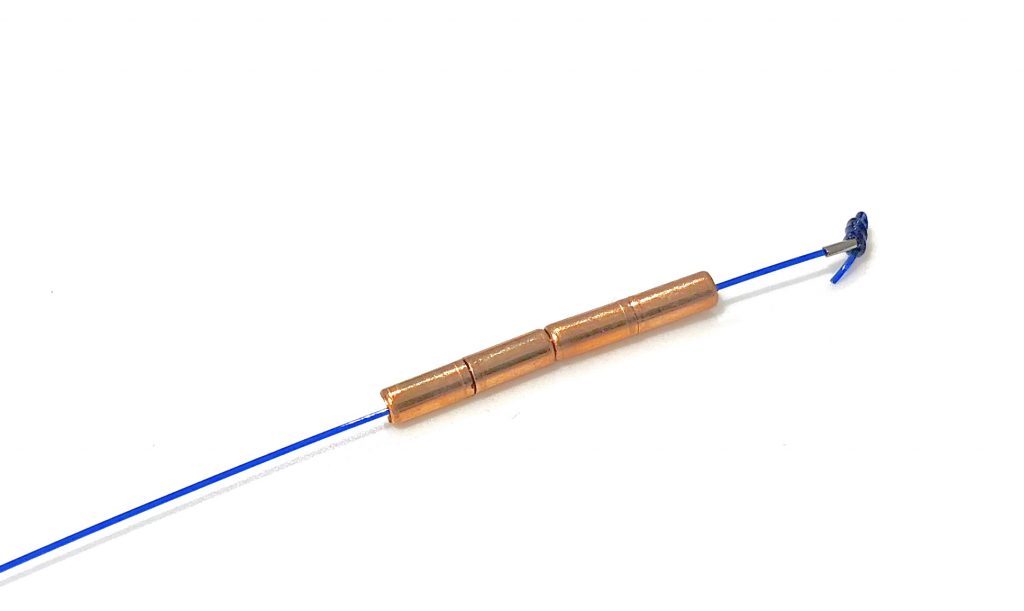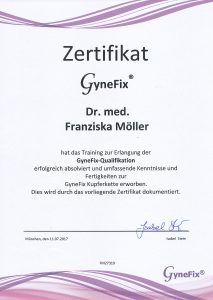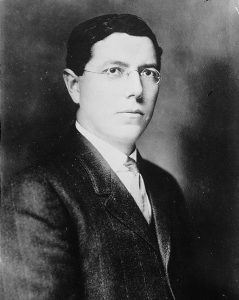Gynefix
Hormone-free contraception with the Gynefix copper chain in Munich
A comparatively new hormone-free contraceptive is the so-called "Gynefix" copper chain. Dr. Möller is currently one of around 20 Gynefix experts in Germany and, as such, certified and particularly qualified to insert Gynefix in Munich. However, hormone-free contraception with Gynefix is not suitable for every woman. For this reason, medical clarification combined with individual advice on the copper chain is required before insertion. Alternative contraceptives are the copper pearls IUB Ballerine or conventional copper and copper-gold coils. On our homepage you will find these alternative methods for hormone-free contraception as well as an overview of other contraceptive methods.
How does the Gynefix copper IUD work?
Like other hormone-free contraceptives, Gynefix takes advantage of the preventive effect of natural copper. Inserted into the uterus, copper particles are released to the endometrium. This reacts to the copper, which prevents the ovum from nesting and limits the mobility of the sperm. This dual effect makes the GyneFix particularly reliable.
With the Gynefix copper chain, several small copper tubes are pulled onto a thread that is attached to the back wall of the uterus. The thread hangs freely in the uterus and cervix. If it is inserted correctly, it is not felt for the partner during sexual intercourse. Bleeding disorders are less likely to occur due to the lower contact compared to other copper-based contraceptives such as the copper coils. This advantage is offset by a very low risk that the copper chain will move through the wall of the uterus into the abdomen.
The Gynefix copper chain is also an ideal hormone-free emergency contraception that is effective up to 5 days after unprotected intercourse. The Gynefix lasts up to 5 years before losing efficacy.

Examination and insertion process
Before insertion, it is necessary to first determine the shape and length of the uterus and the thickness of the uterine wall using ultrasound. If this is not suitable or too thin, it is not possible to securely attach the Gynefix IUD. The medical examination will also clarify whether infections such as Chlamydia are present, which may need to be treated first.
For the insertion itself usually we schedule separate appointment. This is possible at any time. If it does not fall on the end of the period, the patient takes a tablet on the morning of the insertion. This causes the cervix to soften, making it easier to insert. After fixing the thread the correct position of the copper chain is checked using ultrasound.
During the first year, the correct position of the Gynefix is checked every 3 months, also with the help of ultrasound. Later, a similar check is recommended 1-2 times a year. After 5 years, the copper chain is removed again in the gynecologist's office.
Summary
Related links
Bildquellen:
- Gynefix: Bildrechte bei Dr. F. Möller
- Bodycare Gynäkologie und die Gesundheit der Frau: iStock // Deagreez
- Zertifikat Gynefix-Training: Bildrechte bei Dr. F. Möller
- Raymond Pearl: George Grantham Bain Collection (Library of Congress)




